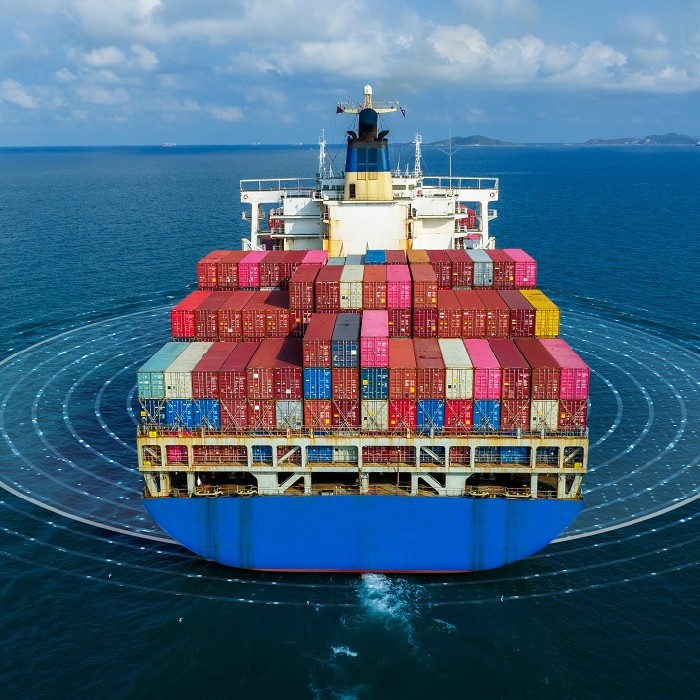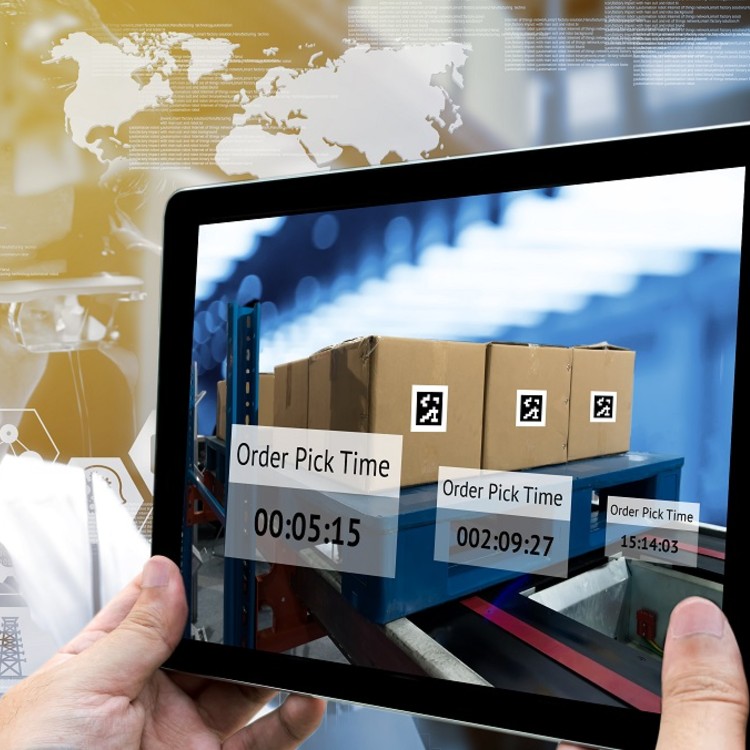“Based on a ship's CII, its carbon intensity will be rated A, B, C, D or E (where A is the best). The rating indicates a major superior, minor superior, moderate, minor inferior, or inferior performance level,” the IMO explains on its website. “A ship rated D for three consecutive years, or E for one year, will have to submit a corrective action plan to show how the required index of C or above will be achieved.”
Like the miles-per-gallon rating on a car, the goal is to give shipping customers a clear measure by which to compare operators based on their sustainability. By measuring the total environmental impact of cargo movements on individual ships, shippers can choose greener vessels to carry their cargo, reducing their own environmental impact within the supply chain.
Among the things ships can do to improve their rating are cleaning their hull to reduce drag, installing low-energy light bulbs and installing solar/wind auxiliary power for accommodation services.
Ships also can deploy sophisticated AI models, which can make accurate emissions calculations and predictions based on actual data rather than averages or projections, according to Ami Daniel, co-founder and CEO of maritime AI company Windward, and Lord John Browne, Windward’s chairman.
“To enable companies to reduce their carbon footprint, we need detailed emissions accounting per voyage by operational activity. This data could be used not only by shipping companies, but also by banks, insurers, cargo owners, freight forwarders and everyone down to the end consumer,” Daniel and Browne wrote in an article for the World Economic Forum. “Being able to access reliable data about the carbon emissions on shipping could drive real change: If each one of us knew the carbon impact of everything we bought, from our clothes, to our car, to the food we eat, we could use that to inform our choices. Stock values, press, brand reputation and bottom-line revenues will all be susceptible to this change.”
Smarter Sailing
Ships that want to improve their carbon intensity rating can also do so by optimizing their speeds and routes traveled.
Cloud-based route optimization systems combine weather and ocean data with vessel emissions and port congestion updates to reduce idling time in fragile coastal areas. During the COVID-19 pandemic, more than 100 vessels were anchored off the west coast of the United States, waiting for a berth at port. As it idled, each vessel spewed tons of carbon into the sky. Even on an average day, at least one ship is waiting for a berth while one is in port.





